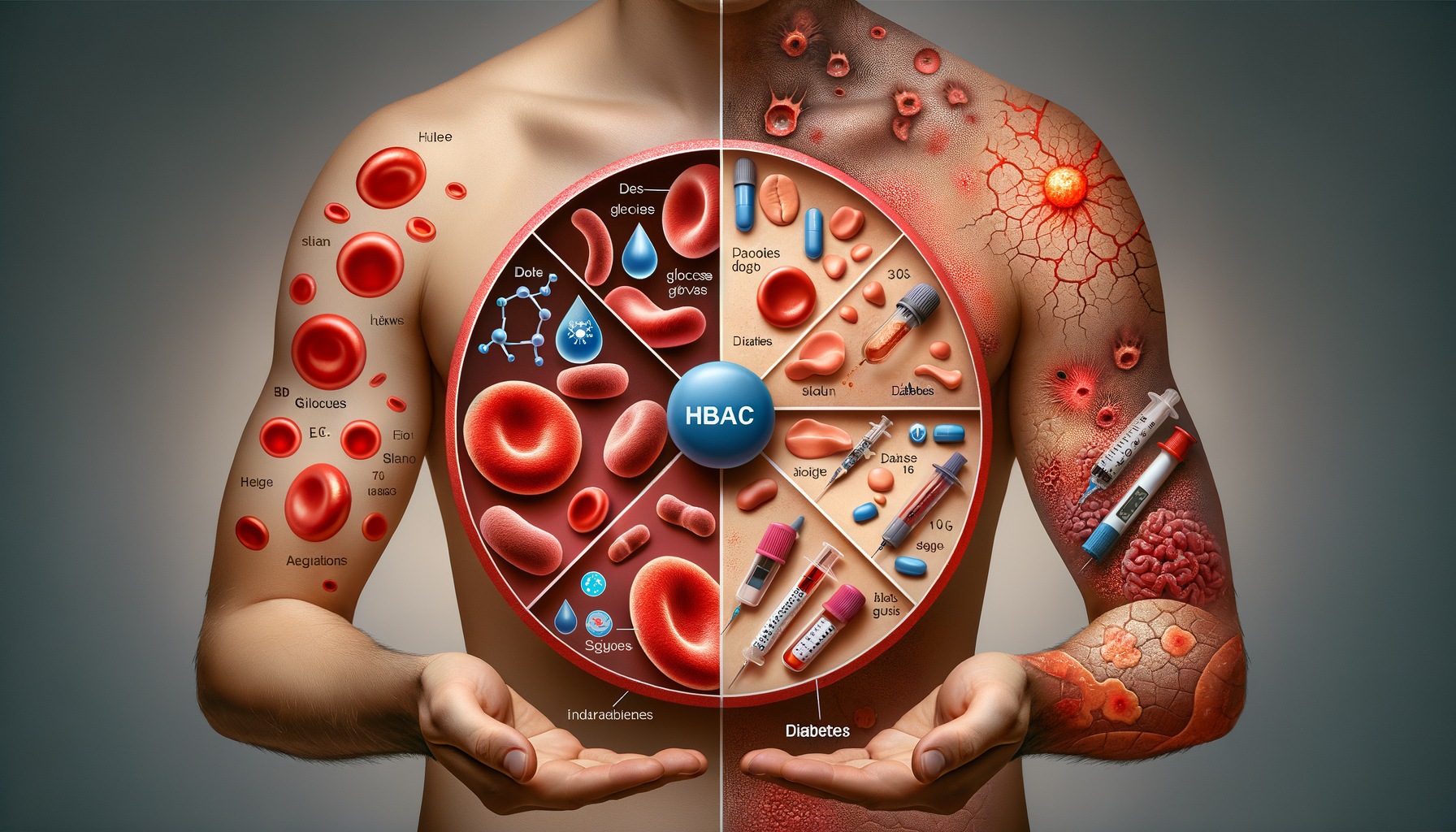Diabetes Warning Signs: What Your HbA1c and Skin Changes Reveal
Diabetes Warning Signs: What Your HbA1c and Skin Changes Reveal
Introduction to Diabetes Warning Signs
Diabetes is a chronic condition that affects millions of people worldwide. Understanding the early warning signs is crucial for timely diagnosis and management. This article delves into the significance of specific indicators like HbA1c levels and skin changes, which can reveal much about one’s health status concerning diabetes.
Understanding HbA1c: A Crucial Indicator
HbA1c, or glycated hemoglobin, is a pivotal marker in assessing long-term blood sugar levels. This test measures the average blood glucose concentration over the past two to three months, providing a comprehensive view of a person’s blood sugar management. Elevated HbA1c levels can indicate poor blood sugar control, which is a critical factor in diagnosing diabetes.
For individuals with diabetes, maintaining an HbA1c level below 7% is often recommended to reduce the risk of complications. However, this target can vary based on individual health conditions and should be discussed with a healthcare provider. Regular monitoring of HbA1c can help in adjusting treatment plans effectively.

Skin Changes: An Early Warning Sign
Skin changes are another important indicator of diabetes. Common manifestations include dark patches, known as acanthosis nigricans, which often appear in body folds such as the neck or armpits. These skin changes occur due to insulin resistance, a precursor to type 2 diabetes.
Moreover, other skin conditions like diabetic dermopathy, characterized by light brown, scaly patches, can also indicate underlying diabetes. It’s essential to pay attention to these changes and consult a healthcare professional for further evaluation.
Other Common Symptoms to Watch For
Besides HbA1c levels and skin changes, several other symptoms can signal diabetes. These include increased thirst and urination, unexplained weight loss, fatigue, and blurred vision. Recognizing these signs early can lead to a prompt diagnosis and effective management of the condition.
It’s important to note that symptoms can vary between individuals, and some may experience mild or no symptoms at all. Regular health check-ups are crucial for detecting diabetes in its early stages.
Conclusion: Taking Action on Warning Signs
Understanding and recognizing the warning signs of diabetes, such as changes in HbA1c levels and skin alterations, is vital for early intervention. These indicators, along with other symptoms, provide valuable insights into one’s health status. If you notice any of these signs, it is advisable to seek medical advice promptly. Early detection and management can significantly improve quality of life and reduce the risk of complications associated with diabetes.